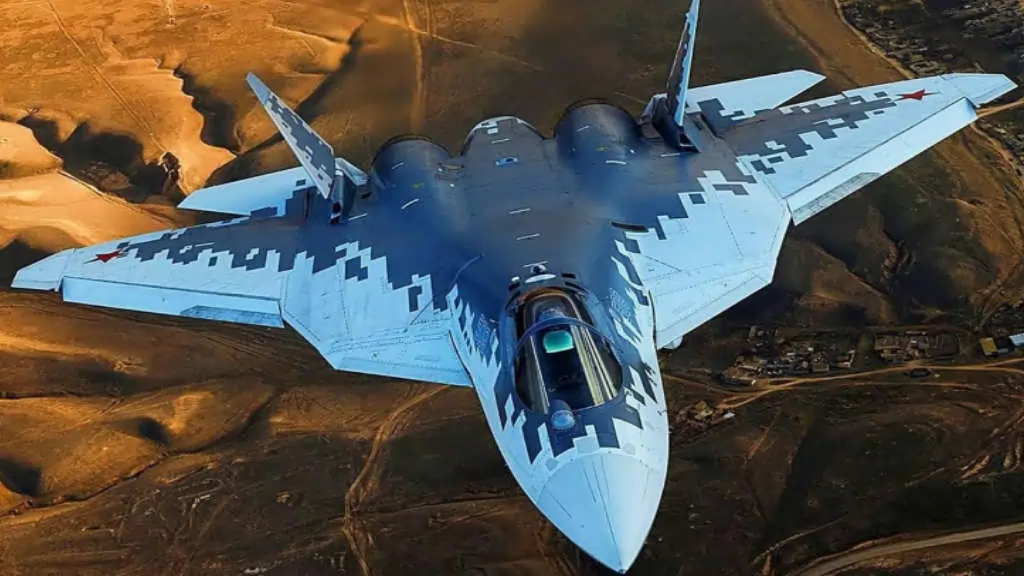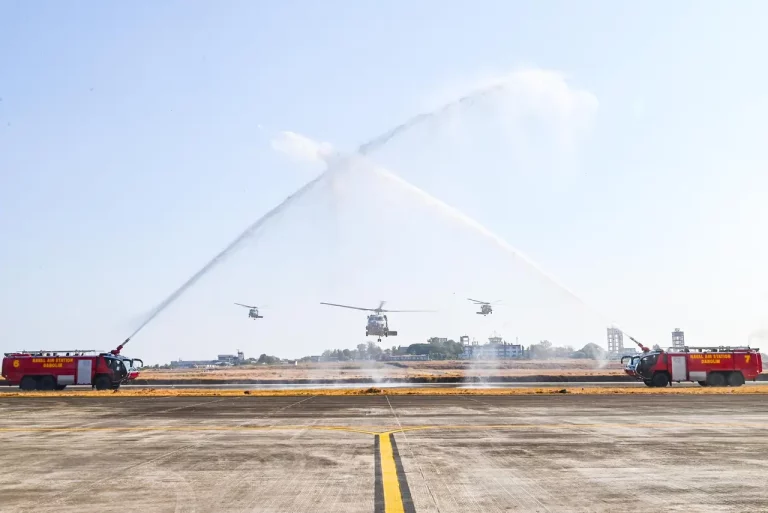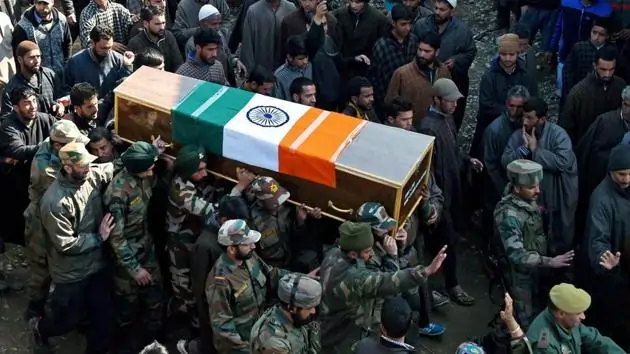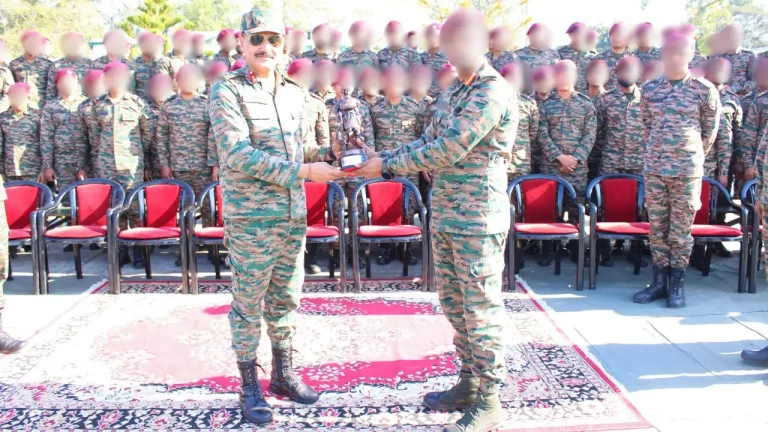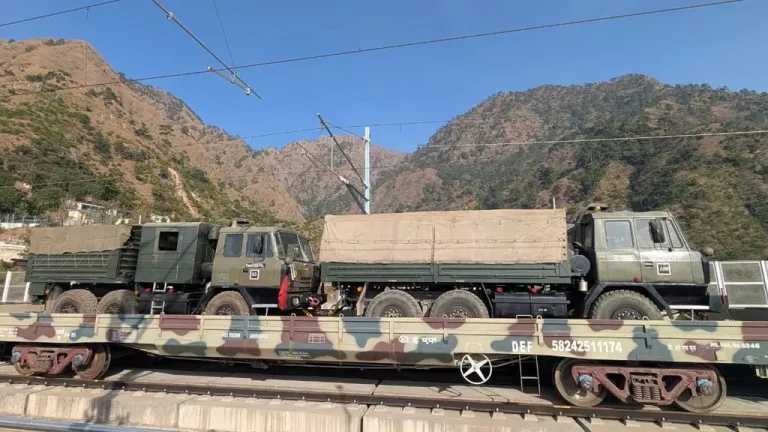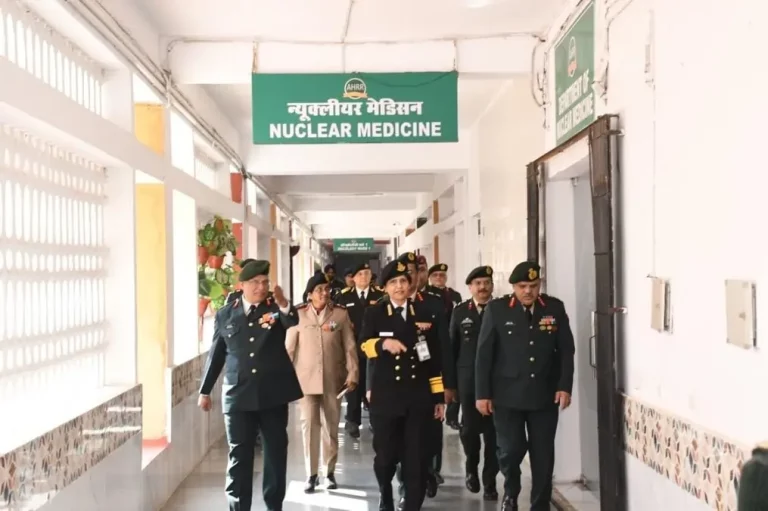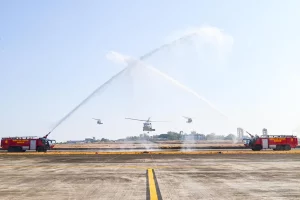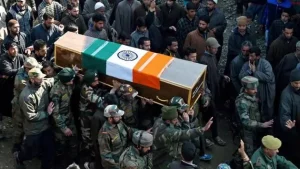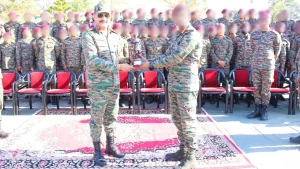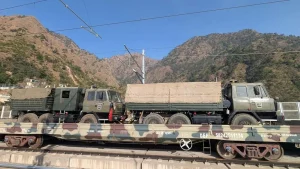The Indian Air Force (IAF) has expressed significant concerns regarding the stealth capabilities of Russia’s Su-57E fifth-generation fighter jet, highlighting various technical issues that compromise its radar signature reduction, especially from the rear. According to a report, the IAF’s evaluation team has pinpointed the aircraft’s exposed engine section as a critical weakness, undermining the advantages obtained through advanced design measures and radar-absorbent materials.
Experts have noted that the design of the Su-57E’s engine panels and nozzle layout closely resembles older Soviet-era aircraft, such as the Su-27 series, resulting in a larger radar cross-section (RCS). Preliminary assessments suggest that the RCS for the Su-57E ranges between 0.1 and 1 square meter in the frontal sector, significantly higher than that of the Lockheed Martin F-35, which has an RCS of just 0.001 square meter.
Analysts indicate that the design philosophy behind the Su-57 focuses more on engine power rather than stealth optimization. The aircraft is powered by Saturn AL-41F1 engines, which deliver remarkable thrust capabilities but at the cost of low observability and thermal signature management—a contrast to Western fifth-generation aircraft that integrate propulsion efficiency with enhanced stealth features.
The IAF has reportedly communicated these findings to Russian officials, indicating that progress in discussions regarding the aircraft would be contingent upon addressing these stealth deficiencies. This evaluation is a part of India’s broader initiative to procure 114 next-generation fighters under the Multi-Role Fighter Aircraft (MRFA) program, which is estimated at approximately USD 20 billion, with the Su-57E being a principal contender.
In response to the feedback from the IAF, representatives from the Russian defense industry have initiated tests of new composite materials and heat-shield assemblies at the Gromov Flight Research Institute. These adjustments are expected to decrease infrared emissions by 40–50%. However, New Delhi has requested a clear timeline for implementation and assurances that these upgrades will coincide with the future integration of the new AL-51 (Izdeliye 30) engine, which is still in development.
The IAF has expressed skepticism about the current AL-41F1 variant meeting the necessary fifth-generation stealth requirements. Additionally, the IAF has requested long-term performance data on the radar-absorbent coatings of the Su-57E to assess their durability and maintenance needs within India’s varied climatic conditions. Prior encounters with Russian aircraft have shown that radar-absorbent materials tend to deteriorate rapidly in hot and humid environments, leading to increased operational costs.
Moreover, the Air Force has raised concerns about structural inconsistencies, such as uneven panel alignment and poorly shaped sensor apertures, which could enhance radar reflection. Given that stealth performance is heavily reliant on manufacturing precision, the IAF considers these issues to be critical and has urged Russia to take corrective measures.
Another significant concern is the long-term sustainability of the aircraft amid ongoing Western sanctions on Russia. Restricted access to essential components such as imported avionics and semiconductors could impact the aircraft’s serviceability and future upgrades.
These assessments come as India accelerates its indigenous fifth-generation Advanced Medium Combat Aircraft (AMCA) program while also pursuing negotiations within the MRFA tender. The leadership of the IAF has underscored that any foreign acquisitions must align with India’s goals for self-reliance and should not create a long-term dependency.
Despite Russia’s promotion of the Su-57E as a cost-effective fifth-generation solution, India’s position indicates a pragmatic shift toward finding a balance between stealth capabilities, maintenance considerations, and strategic autonomy. The final decision on the Su-57E’s potential inclusion in the IAF fleet will hinge on Russia’s ability to demonstrate substantial improvements and provide credible stealth data in subsequent evaluations.
